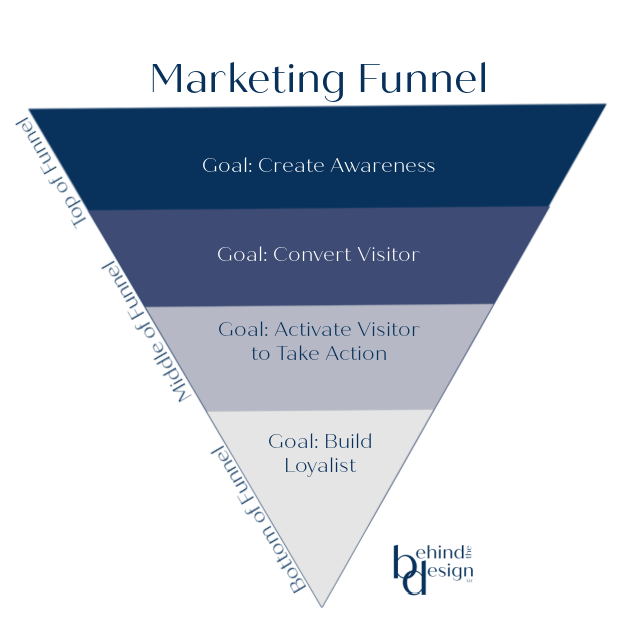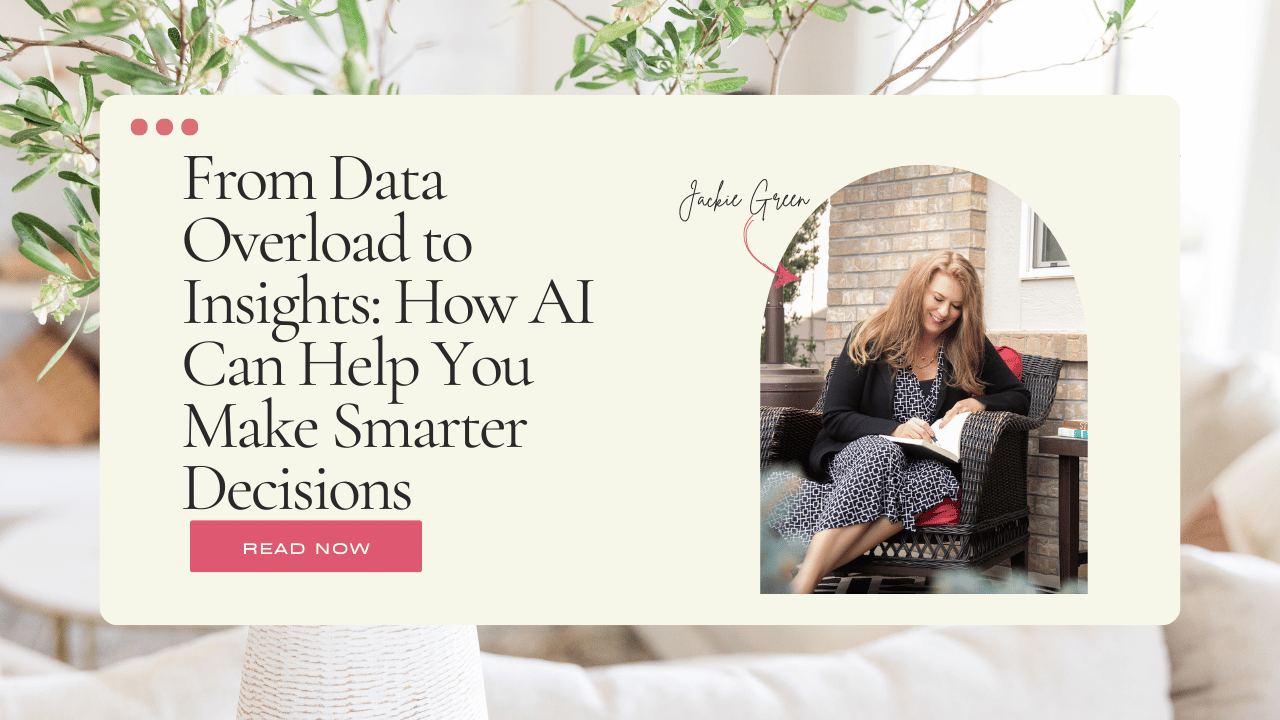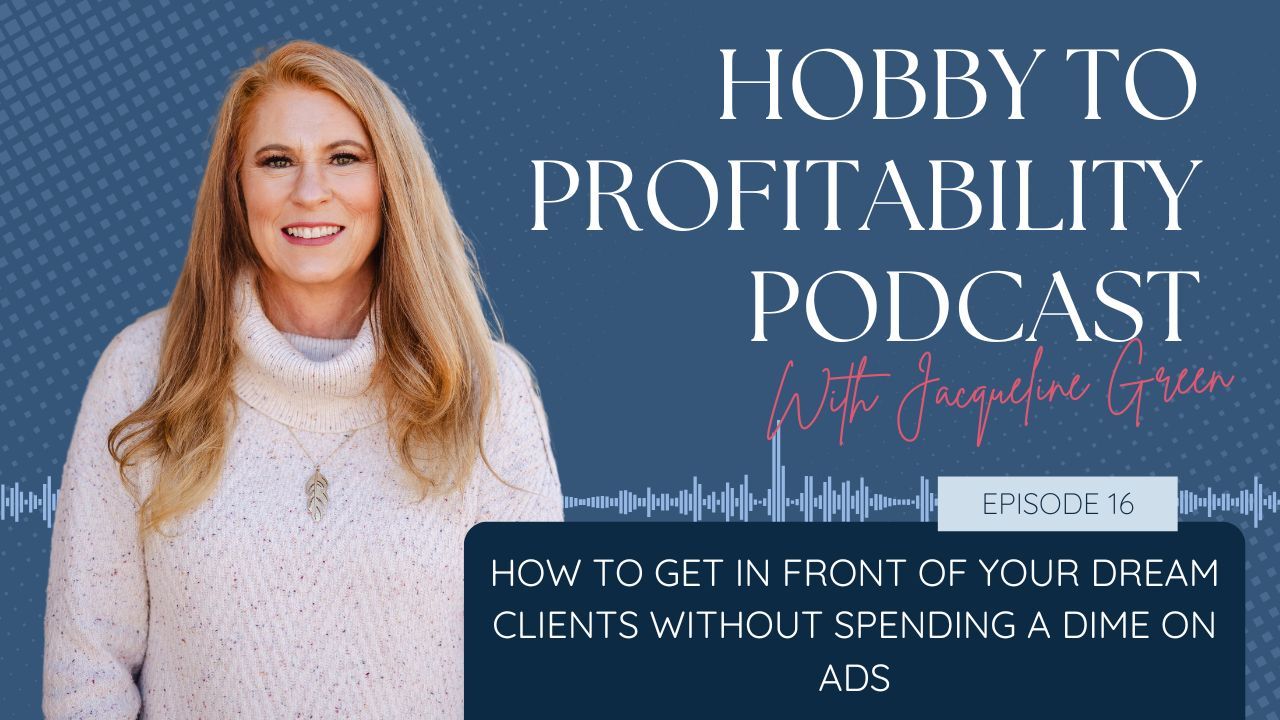How to Effectively Position Your Brand Using a Digital Marketing Funnel
Oct 12, 2021
After fourteen long months, I was in a dramatic state of disbelief. How could this be? I thought I did everything by the book. I went where they told me to and checked all the boxes.
So, where did I go wrong?
Sitting with tear-filled eyes, I was witnessing my masterpiece, what I put everything I had into, bitterly displayed on the seventh page of Google. It was not a surprise why my business was hanging on by a thread after seeing that.
Why was this happening?
My execution was flawless the entire way through. I did heavy research and spent extensive hours writing and rewriting my story. I was up many days in a tranced state of passion and motivation. I had big dreams of single-handedly changing the industry my company sat in.
After some time, I crafted what I considered to be an award-winning marketing plan. I hired a graphic designer to design my logo, a web developer for my website and started running ads alongside my social platforms. When launching, the future looked bright. My engagement on social media was super high, and people seemed to take a serious interest in my product.
There was something off about it though, the analytics showed progress, but my sales did not. How is that even possible? I was at a loss for words, struggling to stay afloat while actively losing hope in my passion. As the months went on, the viewers on my platforms began to fade, and I knew something needed to change. My work was cut out for me. So I started digging around the internet and nonchalantly prying entrepreneurial colleagues of mine on their strategies.
Does this sound familiar? If you are getting a small business off the ground, you may have been feeling this way at some point. Growing a business is hard. One of the biggest challenges is having enough time to do it all. The answer is fairly simple in theory. Your consumer wants more from you.
This article discusses one aspect to help you drive more leads to your interior design business.
From a Birds-eye Perspective, Your Plan may Look Seamless.
The problem with the above scenario is the production was short-sided, selling to open-ended consumers. You see, when viewers arrive at a visually stunning online profile and website, the narrative was discreetly all around YOU and how to make YOU rich. Sure the content was centered around bettering customers’ lives, but the plot only went so far. Where many designers miss the mark is assuming that was how humans operated.
Our brain that accompanies our heart is expansive and longs to be challenged and educated. However, just seeing a product and its features displayed does nothing for the person viewing it. The story behind why the brand exists and what it strives to do for the world is the real draw for your potential customers.
Give Them More, but Not All in One Place.
To be successful in business, every marketer and brand creator understands what drives consumers to exercise their buying power. People do not buy things purely out of necessity; rather, they move towards products and services they feel emotionally attached to; To brands we relate to that may embody who we are or what we want to become. Nostalgia, environmental influences, and basic human needs also play a prominent role in answering this question.
Related Article: “How Interior Designers Can Market to Millennials”
So how can we, as interior designers and just regular people, tie all these together to present a pitch that sells?
Imagine you were in a bookstore and you spotted an incredible-looking novel, only to start reading and find just titles of the chapters on each page. What would your emotional response be? You would probably be a little confused and frustrated because you wasted time ultimately putting the book back on the shelf. The next guy comes in after you, looks at the book, and triggers the same response in him.
This is where many marketers go wrong by treating their brand like this book. Giving viewers a glimpse, a measly chapter title with no palatable content past that. We are instantly stimulated by an alluring site, but at the end of the day, we yearn to sink our teeth into something juicy. To inspire, comfort, and relate to us.
We are tribal beings by nature who pursue like-minded people that can teach us something. We are sponges, and whether the technological age wants to admit it or not, our brains thirst for knowledge outside our current realm of understanding.
Introducing The Digital Marketing Funnel.
The story above shows the endless loss of opportunities throughout those fourteen months because the designer did not take the consumers through a marketing funnel. Of course, the end goal of every business venture is to generate sales but nowadays, as over 70% of sales are made online versus in-store, getting the customer to that platform seems to be an interesting assignment. Once the equation is calculated, the business just takes off running.
The 6 Stages to a Digital Marketing Funnel
There are six stages in the digital marketing funnel that must be mastered to acquire your first purchase.
- Exposure: by organic search, ads, word-of-mouth, social media, forums, email, etc.
- Discovery: the consumer will visit your website several times to familiarize themselves with your products, company, and aesthetic.
- Consideration: it may take several nights of sleep to feel like your product is a good match for their needs and rationalize their purchase.
- Conversion: the completion of an action on your site converting visitors to customers.
- Customer Relationship: customer service, fulfillment, and communication all play a part in maintaining a loyal relationship.
- Retention: authentically fulfill your customer’s needs, and you will keep them for a long time.

How SEO works.
Most design businesses are only able to achieve two out of the six stages with viewers. Once a visitor is hooked, and you begin reeling them in, the line snaps because you could not keep their attention, therefore, landing your website on the seventh page of Google.
Related Article: “The Ins and Outs of SEO - What Interior Designers Need to Get Started”
Did you know the average person spends three hours a day viewing digital content? This is not always because of a single source. People often go down consumer rabbit holes for hours, ending up with a few credit card purchases and potentially an upset spouse or parent.
The companies those individuals were diving into effectively did their jobs. Moreover, they thoroughly mastered the art of digital funneling.
Search engines position your website according to organic traffic and relevancy to meeting your customer’s needs. In simple terms, they want the most popular and well-connected websites to be shown first. That is what is going to make their money because they supplied what you were demanding. Does this mean that the search engine will only display your website on the first page if you are a big box or internationally recognized brand? No, they want people talking about and engaging with your company through many online sources.
SEO, short for Search Engine Optimization, is the process of improving your visibility when people search for products or services related to your business in Google, Bing, and other search engines. Using bots to crawl pages on the internet, search engines collect information about those pages and organize them into an index; Like a massive library, the librarian can pull a book and find exactly what you are looking for. So perfect your SEO by having many webhooks linking to your website. Make sure your online presence accurately depicts your brand at every level.
Pre-registration is now open: “Building a Brand Identity Beyond Logos” CEU course.
Positively engage with your customers and resolve any negative views as soon as possible. One bad review can drastically alter your business stance on the market.
The Science of Engagement.
Recent studies show that people spend forty seconds or less looking at an advertisement or social post. Surprisingly though, sixty percent of internet users regularly read blogs. So, you do not necessarily need to take the first statistic at face value because there are three exceptions to this: blogs, podcasts, and videography.
Design a digital marketing funnel that stems from exposure and ends in retention using these five simple steps:
- Have a clear path to take them before writing out your detailed marketing plan. Direct them from exposure to your website by opening a story for them to get sucked into
- Attract them with methods described in stage one.
- Capture their attention and keep them looking by positive engagement and open-ended thinking, even if it means different times.
- Successfully land the sale.
- Keep your customers happy and feeling fulfilled by your brand.
Engaged consumers become retained customers. Your business needs to be asking questions, starting conversations, stirring up the pot, and resonating with those who have taken the time to stop on your content. The more emotions you provoke, the more time your consumer is thinking about your product.
The Saving Grace for Your Interior Design Business.
Unfortunately, many interior designers have created static websites, which means they created a website, launched, and never touched it again. This is a huge mistake in marketing to your audiences, which has changed dramatically. No longer are the days of looking through a static website and deciding to call. Rather the consumer wants more.
Many designers have found that by blogging, they can share insights into their designs, educate online visitors, and entertain prospects into the marketing funnel. The result is no longer static; rather, their marketing efforts are entering the consumer’s hearts. It is not just your services or products. It is now telling your brand’s story. There is a whole world around your passion, and you possess a vast amount of information on more than just the baseline that can help others.
So why aren’t you sharing the whole story? Who cares about just the headliners when there is nothing more to digest. Instead, allow your viewers to consume both your brand’s physical and emotional aspects by creating a marketing funnel that will help drive them into your rabbit hole. Do not hold back; tell your customers the full story.
Sign Up for Our Monthly Newsletter
Get helpful career, business, and design tips right in your inbox each month.
At Behind the Design, we are committed to building a stronger design community by reimagining education, training, and support for interior designers. Through our various software training options, educational articles covering everything from leadership to marketing, and soon Continuing educational courses, we are committed to helping you. Join our newsletter to get the latest education and training updates.










